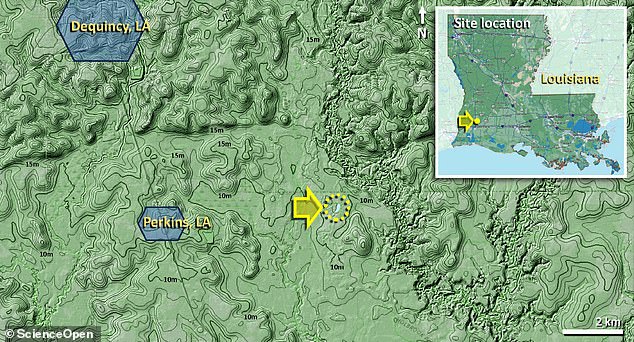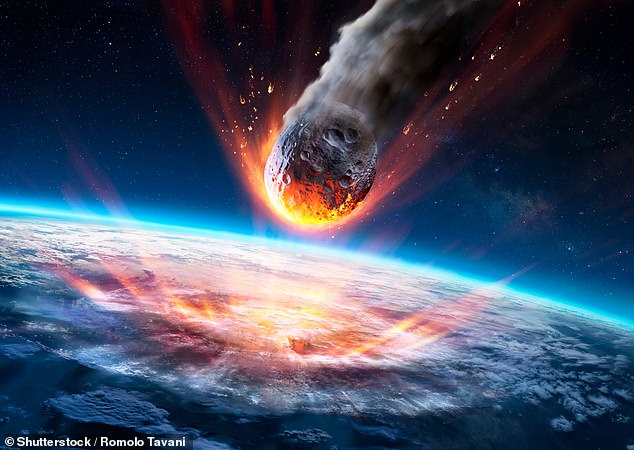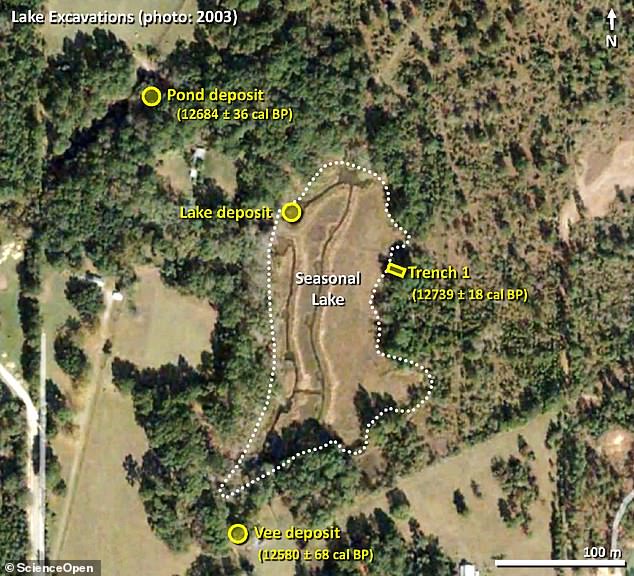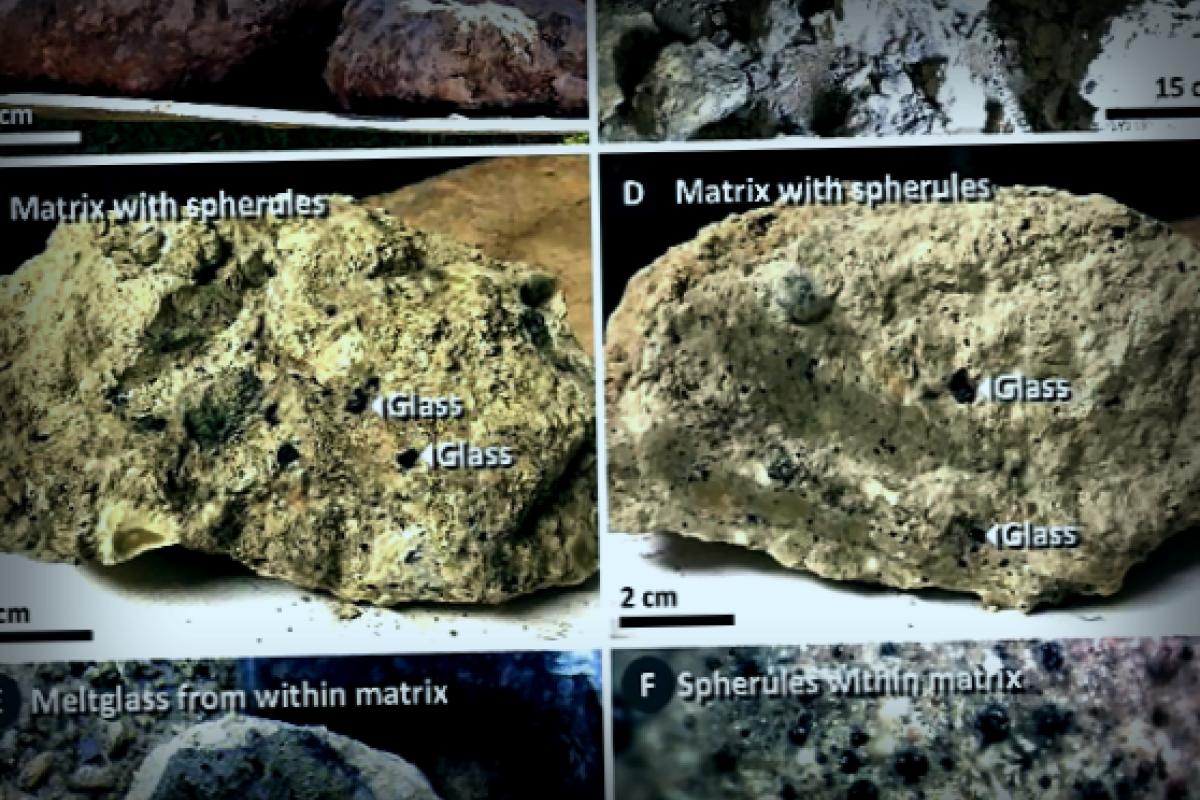Way back, almost 13,000 years ago, something massive—likely a fragment of a comet—exploded in the skies over Louisiana, melting stone into glass. This event has the potential to support one of history’s most heated scientific debates.
Recent research is spurring new interest in the theories of Graham Hancock, a well-known author who recently teamed up with comet expert Dr. Allan West to chat about these remarkable findings.
Hancock’s bestselling works posit that a previously sophisticated civilization was destroyed by a cosmic calamity around 12,800 years ago.
In an interview with the Daily Mail, Hancock shared that his ideas are all too often misinterpreted or disregarded by skeptics. Yet, he believes the latest discoveries regarding comet impacts are lending credence to the enigma he’s exploring.
Dr. West, a key figure in the Louisiana research, warns that explosions of this magnitude—similar to nuclear bomb detonations—could be more frequent than we thought.
“I’m uncovering a mystery,” Hancock said. “And that mystery suggests that the archaeological narrative might not be giving us the entire picture of our past—not due to a conspiracy but because archaeology primarily investigates physical artifacts.”
He added, “This approach can overlook crucial insights found in ancient myths and religious accounts, like those in the Egyptian Book of the Dead or various flood myths from around the globe.”
“I’m convinced there’s some vital information missing; during the Ice Age, there existed a culture that possessed advanced astronomical knowledge and an understanding of Earth’s dimensions, including solutions to the problem of longitude,” he argued.
The study drew attention to a possible 12,800-year-old depression located in Louisiana linked to an airburst—an explosion in the atmosphere caused by a celestial object.

The results involve radiometric dating and electron microscopy, placing the event within the period known as the Younger Dryas Boundary, characterized by rapid cooling and widespread extinctions.
Researchers identified a 984-foot-long lake and crater-like depression in Perkins as potential evidence of airburst activity from that time.
Hancock posits that Earth once faced debris from a colossal comet as part of the Taurid meteor stream many millennia ago.
“Comets can fall into the sun’s gravitational pull, placing them on an orbital path. According to investigations by Nature and others, the Taurid stream included a sizeable comet, perhaps over 100 kilometers across, that crossed our planet’s orbit around 20,000 years ago,” he explained.
He theorizes that the impacts did not occur as isolated incidents—rather, it was like a “shotgun blast” of multiple airbursts from objects ranging in size from the Great Pyramid to entire cities, which affected various global regions including the US, Belgium, Syria, Chile, and Antarctica.
Hancock views this new discovery as just one of numerous global events that might have resulted from both impacts and airbursts.
Hancock skyrocketed to fame with his 1995 book, Fingerprints of the Gods, but he faces rejection from the mainstream archaeological community.
“That book highlighted elements from mythologies, traditions, and designs concluding that a significant cataclysm eradicated a portion of human history approximately 12,500 years ago,” he remarked.


The Younger Dryas Impact hypothesis—suggested in 2006—aligns neatly with this discussion. Although it remains a topic of debate, supporting evidence continues to pile up.
Dr. West, affiliated with the Comet Research Group, underscored the larger implications of these findings.
“Many believe that impact events from extraterrestrial sources are incredibly rare, particularly significant ones like the one causing the extinction of the dinosaurs,” he said.
“Yet, smaller but hazardous airbursts, like the ones from Tunguska in 1908 and Chelyabinsk in 2013, are more common than we think.”
He pointed to indications of a major encounter with a massive comet tail around 12,800 years ago that brought untold devastation without the actual comet hitting our planet.
“This event was colossal, potentially equivalent to thousands or even tens of thousands of nuclear bombs detonating at once,” West revealed.

This kind of apocalypse pushed many megafauna species, including mammoths and saber-toothed cats, to extinction.
West cautions that if a similar event occurred in today’s world, the consequences would be dire.
The Younger Dryas Impact hypothesis remains contentious as the sudden climate shift it purports to explain lacks a generally accepted alternative cause.
West theorizes that the comet impact suffocated the skies with dust and soot, throwing the planet back into an ice age-like situation.
Both West and Hancock admit they’ve dealt with intense pushback for their non-traditional beliefs.
“Graham invited me to speak because our research goes against the current scientific beliefs,” West said. “We’ve encountered roadblocks, delays, and even efforts to retract our published papers by opponents.”
Hancock is realistic about the journey ahead regarding acceptance of their theories.
“I’m not counting on a sudden shift in perspective. Changing established views is usually a slow and often hostile endeavor,” he shared.
“But with enough compelling evidence, the truth will eventually be recognized—even if not tomorrow or anytime soon.”
Read more


















